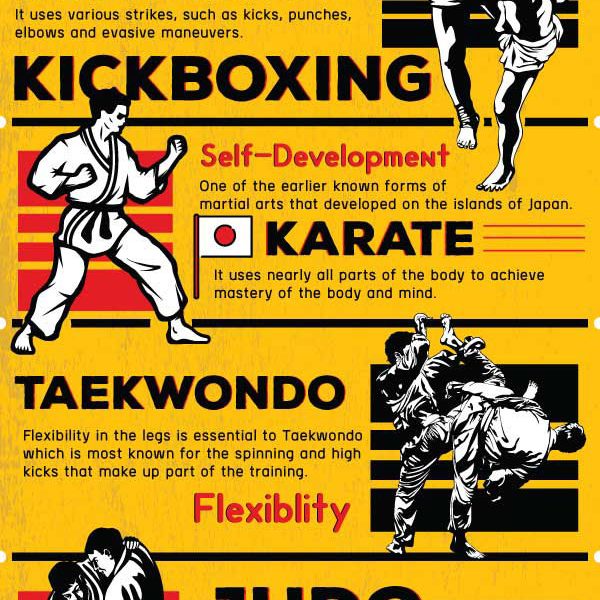The Growth And Historic Context Of Martial Arts Worldwide
The Growth And Historic Context Of Martial Arts Worldwide
Blog Article
Team Author-Padilla Odonnell
Martial arts have a fascinating background that spans centuries and continents. You might find it appealing exactly how old techniques like Shuai Jiao and Kalaripayattu prepared for modern battle techniques. These self-controls not just highlight physical skills yet also reflect the societies that birthed them. As you discover their development, think about just how globalization has actually transformed these standard kinds into hybrid styles. What impacts do you assume have formed today's martial arts landscape?
Ancient Martial arts: The Foundations of Battle
As you delve into the world of old martial arts, you'll find the abundant foundations that shaped combat techniques across societies. Very early practices concentrated on Self-Defense and survival, typically integrating strikes, hurting, and weapons.
In ancient China, as an example, strategies like Shuai Jiao highlighted tosses and joint locks, while India's Kalaripayattu showcased dexterity and fluid activity. Japanese samurai established Kenjutsu, a polished swordsmanship that highlighted technique and technique.
These martial arts offered not just for fight yet additionally as a means of individual advancement, instilling values like respect and willpower. The mixing of these techniques over time prepared for the diverse martial arts you see today, each showing the special viewpoints and needs of its culture.
The Cultural Influence on Martial Arts Growth
While martial arts commonly mirror the functional demands of a culture, they likewise personify the cultural worths and ideas of their origins. When you discover different martial arts, you'll see just how they're influenced by faith, philosophy, and social standards.
As an example, the focus on respect and technique in Japanese martial arts originates from Zen Buddhism and samurai society. In contrast, Brazilian Jiu-Jitsu advertises adaptability and strategy, shaped by the demand for effectiveness in a diverse, modern setting.
https://www.wtkr.com/PositivelyHR/news-3-everyday-hero/virginia-beach-martial-arts-instructor-gives-back-in-and-out-of-his-studio might locate that the routines, attires, and training techniques show an area's history and identification. By comprehending these social influences, you grow your recognition of martial arts and their function fit human experiences across the globe.
Modern Adaptations and the Globalization of Martial arts
Martial arts have actually transformed substantially in recent years, adjusting to contemporary society and global impacts. You'll discover that traditional forms have combined with modern methods, producing hybrid styles like MMA. These adjustments cater to diverse audiences, making martial arts easily accessible and attractive around the world.
With the surge of social networks and digital systems, you can locate tutorials and competitors from all edges of the globe, damaging geographical barriers. This globalization has actually led to a common appreciation for numerous self-controls, from Brazilian Jiu-Jitsu to Taekwondo.
As you involve with these arts, you'll understand they're not nearly battle; they advertise fitness, discipline, and psychological health.
Eventually, modern adjustments have actually enriched the martial arts landscape, making it a vibrant and evolving practice.
Conclusion
In exploring the background and evolution of martial arts, you reveal an interesting blend of techniques, cultures, and ideologies. From old techniques like Shuai Jiao and Kalaripayattu to the modern flexibility seen in mixed martial arts, martial arts show mankind's quest for Self-Defense and individual growth. As https://codyunslc.dailyblogzz.com/35624342/mastering-taekwondo-tips-for-improving-your-kicks-and-strikes engage with these practices, you not just gain skills however likewise a much deeper gratitude for the varied practices that form our world today. So, continue your journey and embrace the art of fight!
